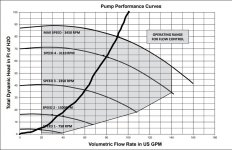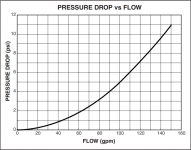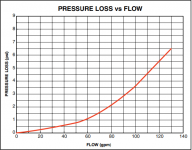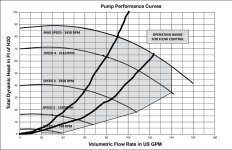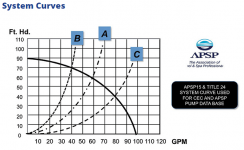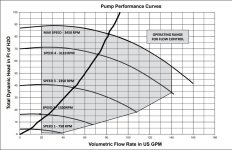- May 11, 2021
- 13
- Pool Size
- 12200
- Surface
- Fiberglass
- Chlorine
- Salt Water Generator
- SWG Type
- Pentair Intellichlor IC-40
We have a new pool/spa combo with a new MasterTemp 400. Everything with the heater seems to work OK except for one thing. In the spa, the heater heats up to the called-for temperature (104 for example). Then, the heater cuts off and the water keeps circulating. When the temperature drops below the called-for temperature, the heater kicks back on, except now, the water coming out of the jets is 115 degrees. We had literally almost this exact same set up in our previous home and we did not have this problem. Pentair customer service reps have assigned this case to two different pool repair companies. Collectively, they all cannot decide whether this is a problem or expected behavior. For us, it’s a big problem, especially since we did not have this issue in our previous set up. We do have a heater bypass valve, and it’s been suggested we should adjust that to achieve a mix of heated and cooler water, but that is not an ideal solution because the pool equipment is not convenient to access. If that was a workable solution, perhaps we could automate that valve somehow. Does anyone have any experience with this issue?


